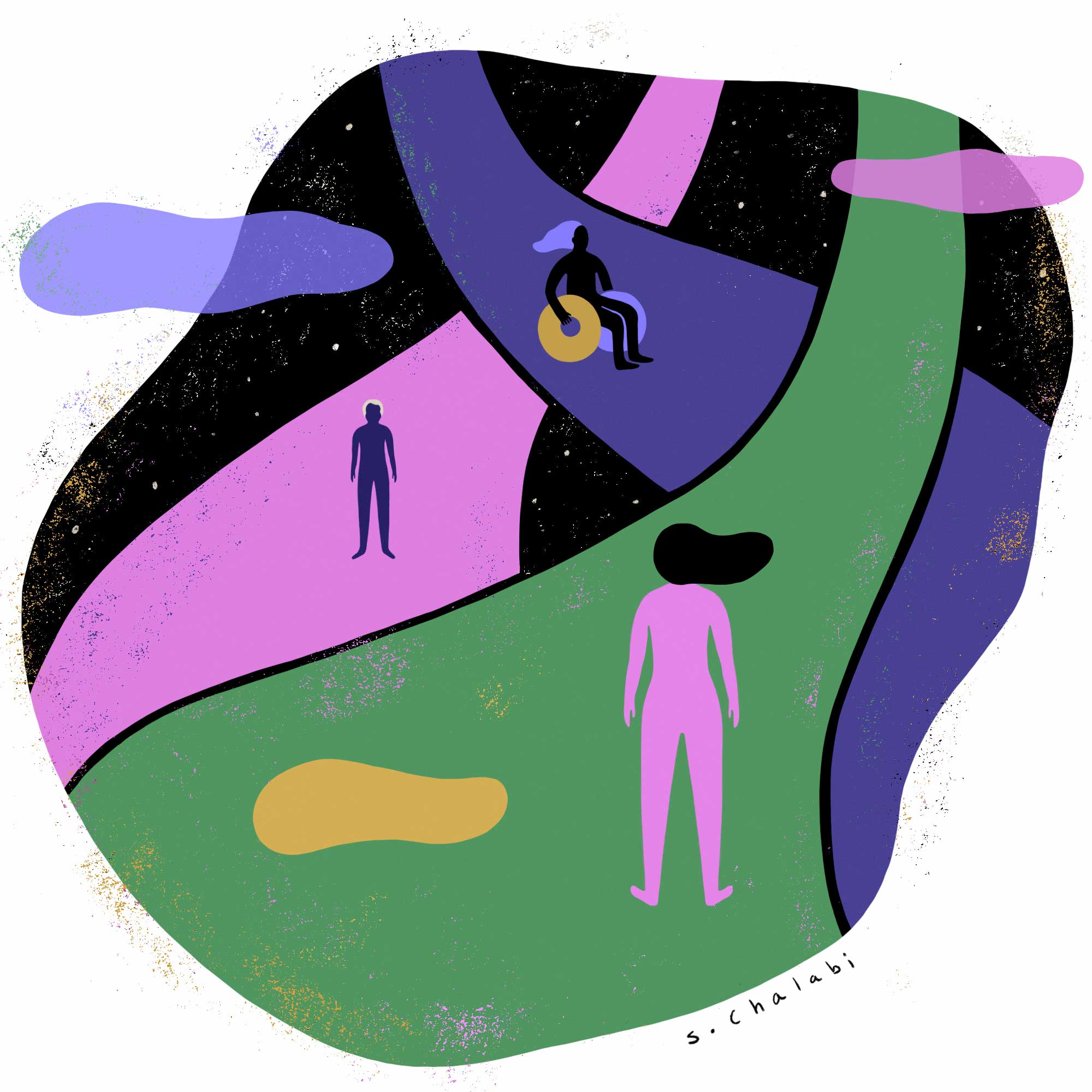Alberto B. Mendoza on throwing your own party
Alberto B. Mendoza is the Executive Director of the National Association of Hispanic Journalists (NAHJ). In 2009, he was honored with the first-ever U.S. Environmental Leadership Award.
NAHJ has been working to diversify mainstream newsrooms and for the accurate representation of Hispanics/Latinos in news for the last 35 years. While we have had some success, our reality is that we still don’t have enough Latinos working in news. We also don’t have many Latinos in newsroom management roles or owning news outlets, and along the way, we have let others claim our narrative. But rather than waiting for an invitation to be in these positions or approval to tell our stories, we decided to throw our own party.
In November 2019, NAHJ took the bold step of launching its own multimedia platform named palabra., a Spanish word that translates to “word” in English. palabra. is our opportunity to reclaim our narrative as Latinos. We have created an outlet where we tell stories about our community through our eyes and in our words by hiring freelance Latino journalists, some on the verge of leaving the industry. This is the first time NAHJ has taken multiple, bold, pro-active steps to disrupt the traditional passive practices of getting more Latinos working in news, and the timing couldn’t be more urgent.
The world has changed because of COVID-19. Racial tensions have resurfaced in ways we haven’t seen in this country since the Civil Rights Movement. Systemic racism keeping journalists of color from truly advancing in traditional media has been exposed. All of these real-time scenarios have resulted in palabra. going from a quarterly publication to one that produces content weekly. Through palabra. we are able to tell stories related to the pandemic, but with a focus on its impact on Latinos. Stories like our “Diary of a Pandemic” series: “California’s Coronavirus in State Prisons,” a firsthand account from a veteran journalist who was teaching journalism at San Quentin prison when it became a COVID hotspot; “The Price of Almost Dying,” the story of a landscaper Jose Diaz, who recovered from a coma, heart attack, and weeks of being tethered to a ventilator; “Toro Loco,” a look at how COVID has impacted Latino-owned businesses; and “Dangerous Detention,” on COVID and the acute threat to transgender migrants in federal custody. We’ve also covered stories on the rising safety threats journalists face, calling out racism, including in our own community. These stories are resonating not just with the Latino community, but with other communities often not represented in media. These stories have also caught the attention of other news outlets who want to partner with us and have since hired our freelance journalists for full-time positions, a win-win for us and our community.
Through palabra., we can cover our communities in an inclusive, powerful, and resourceful way that gives us the ability to tell our own stories as we reclaim our own narrative. By working directly with local freelance journalists, we are sourcing community-based stories and ideas that accurately portray Latino subcultures’ diversity. Early on, we decided that we wanted to experiment with different storytelling types, including long-form accounts, visual journalism, and profiles that shine a light on more NAHJ members and Latino journalist trailblazers. palabra. is using its social platforms in very intentional ways to continue to grow its audience—for instance Instagram as a mini newsfeed for sharing concise news bites.
The agile nature of the digital news outlet allows us to bypass mainstream media’s bureaucracy and create flexibility in who we empower, when, and where, to shine the brightest light on our local communities across the United States and Puerto Rico.
Through palabra., we have created our own party and no longer care about an invitation that will never come.

This essay is part of CREATIVE FUTURES, a series of provocations by thinkers across the arts, documentary, and journalism on how to reimagine their sectors.